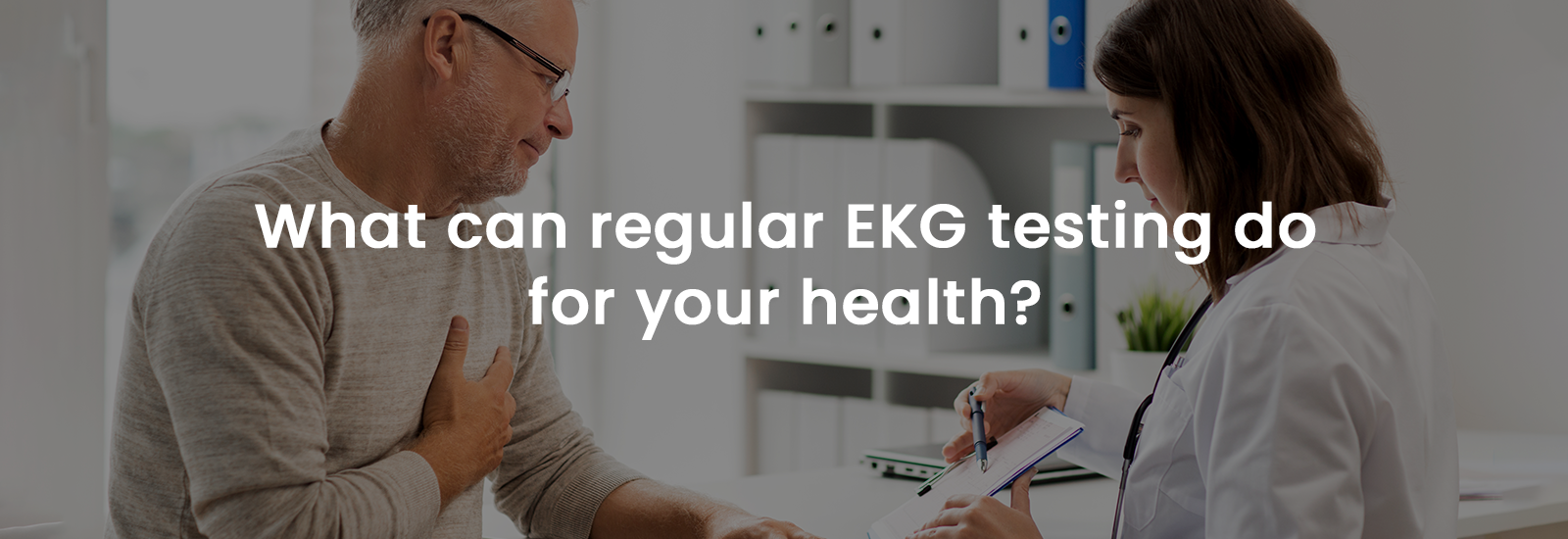
A stroke is a serious and life-threatening medical emergency that affects millions of people worldwide. It occurs when blood flow to the brain is interrupted, causing brain cells to die which then affects different functions of the body including movement, cognition, etc. It is the fifth leading cause of death in the United States. But despite its high prevalence, many people remain unaware of the early symptoms of stroke and the appropriate steps to take in the event of an emergency. In this blog post, we will gain an understanding of this condition and its symptoms and learn how to take care of someone experiencing a stroke.
What Is a Stroke?
A stroke, also known as a cerebrovascular accident (CVA), occurs when blood flow to the brain is blocked or interrupted. This can happen due to a blockage in a blood vessel or when a blood vessel in the brain or any other part of the body ruptures and causes bleeding. The resulting lack of blood flow and oxygen can cause brain cells to die, often leading to long-term damage and functional impairment.
Strokes can affect people of all ages and can have a range of physical and cognitive effects, including paralysis, speech impairment, loss of movement in the limbs and memory loss. Therefore, knowing about the early symptoms of stroke is crucial for recognizing and responding to this medical emergency.
How to Recognize Symptoms of a Stroke

The signs and symptoms of a stroke can vary depending on the type of stroke and the part of the brain affected. The easiest way to remember the signs is to use the acronym FAST:
Face
Ask the person to smile. Does one side of their face droop?
Arms
Ask them to raise both arms. Does one arm drift downward?
Speech
Ask them to repeat a simple phrase. Is their speech slurred or sound strange?
Time
If any of these symptoms are present, it’s time to call the emergency services immediately.
Other symptoms to look for include sudden confusion or trouble understanding, trouble seeing in one or both eyes, trouble walking, dizziness, or loss of balance or coordination, and sudden severe headache with no known cause.
Time is of the essence when it comes to stroke, and prompt medical attention can greatly improve the chances of recovery.
What to Do If Someone Is Suffering From a Stroke

The following steps can be taken to assist someone who may be experiencing a stroke:
Call emergency services immediately
Call the local emergency services number or 911 right away. Be prepared to provide the operator with the person’s age, symptoms, and any other relevant information.
Keep the person calm and still
Encourage the person to sit or lie down and try to keep them calm.
Note the time when symptoms began
This information can help medical professionals determine the most effective treatment options.
Do not give the person anything to eat or drink
If the person is having difficulty swallowing, giving them food or water can cause choking or aspiration.
Stay with the person until help arrives
Be prepared to provide any additional information or assistance that the emergency responders may need.
It is also important to keep an individual who has suffered from a stroke engaged and communicating if they are conscious while waiting for emergency services to arrive. Doing so can help prevent them from losing consciousness.
Quick action is crucial when it comes to stroke, as the death of brain cells can occur within mere minutes following its onset. The longer a stroke goes untreated, the more severe the damage can be; it can lead to long-term disability, cognitive impairment, or even death in some cases.
Acting fast can make a significant difference in the outcome of a stroke. With timely treatment, it’s possible to restore blood flow to the brain and reduce the extent of brain damage. The most common treatment for ischemic stroke is a medication called tissue plasminogen activator (tPA), which dissolves the clot causing the stroke. However, tPA can only be given within a certain time frame – typically within 4.5 hours of symptom onset.
In addition to tPA, other treatments can be used to treat strokes, such as mechanical thrombectomy (a procedure to remove the clot causing the stroke) and surgery (in cases of hemorrhagic stroke). However, these treatments are only effective if they are administered quickly.
Conclusion
When dealing with strokes, every minute counts. In the United States, a stroke care analysis revealed that patients who were taken to a stroke center within 60-90 minutes of experiencing symptoms were more likely to make a full recovery. Patients who were given tPA within 90 minutes of their initial stroke occurrence also had a lower risk of hemorrhage; the benefits of tPA in fact decreased by 50% for every 90-minute delay.
Approximately 80% of all strokes can be prevented through lifestyle changes and by managing chronic health conditions. Adopting a healthy diet, engaging in regular physical activity, not smoking, and managing medical conditions such as high blood pressure and diabetes can significantly reduce the risk of stroke.
If your elderly loved one presents any of the symptoms associated with stroke, visit the nearest EliteCare clinic for more guidance on prevention and management strategies. EliteCare is one of Florida’s best medical clinics, with a team of highly trained primary care physicians who offer services like venipuncture, immunizations, EKG and more. Visit their website to schedule an appointment today.






